RZSS join international effort to save abandoned flamingo chicks
27/02/2019 in RZSS
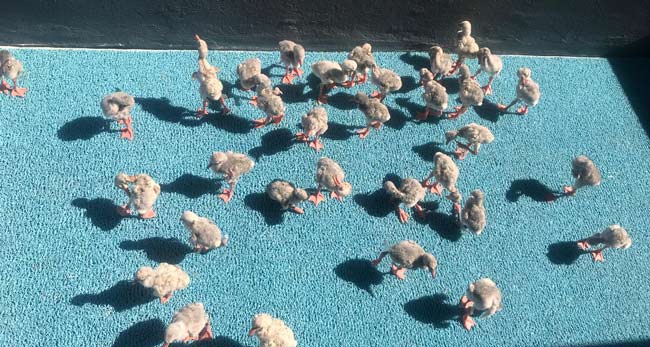
Above: It is estimated that around 2000 Lesser flamingo chicks have been rescued as part of the collaborative conservation effort.
RZSS recently flew representatives from our veterinary and animal teams to South Africa to help in a large scale coordinated flamingo rescue.
In late January, thousands of flamingo chicks were transported to zoos and wildlife rescue centres for hand rearing after being abandoned by their parents. The desperate situation arose after falling water levels and drought conditions in their nesting habitat behind Kamfers dam, near Kimberly.
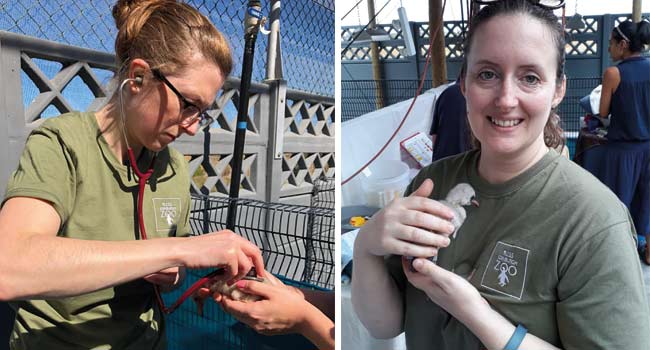
Above: RZSS Vet Georgina and Edinburgh Zoo Registrar Harriet, spent 9 and 12 days respectively helping to rear some of the chicks in Cape Town.
RZSS Edinburgh Zoo Registrar Harriet Good, who has experience of hand rearing flamingo chicks, and RZSS Vet Georgina Cole, travelled to a SANCCOB centre (the Southern African foundation for the conservation of coastal birds) in Cape Town to assist with the rearing and veterinary care of hundreds of flamingo chicks that had been re-homed there.
The SANCCOB charity is a world leader in the rehabilitation of seabirds, treating in excess of 2400 injured, sick and oiled seabirds annually and hatching, rearing and releasing African penguins from abandoned eggs.
In addition to members of the SANCCOB team, Georgina and Harriet joined a group of dedicated local volunteers as well as other international volunteers from Sea World, Maryland Zoo, National Aviary and Lincoln Park Zoo who had all flown in to assist with the rearing and rehabilitation of the chicks.
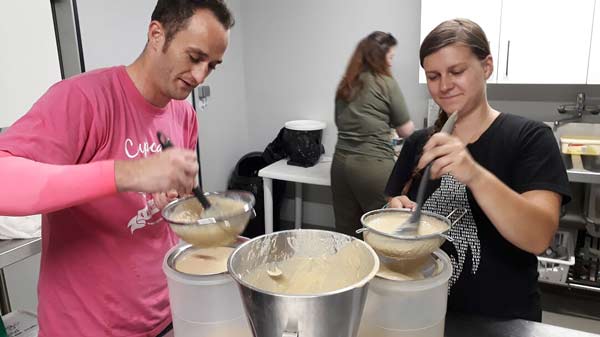
Above: Members of the SANCCOB team preparing one of the regular batches of flamingo chick feed
Flamingo rearing is not straightforward, skilled and experienced volunteers are required. Growth rates must be monitored carefully, as joint problems can occur if the birds do grow too fast. Rearing flamingos is also labour intensive. Every chick needs to be hand fed at regular intervals, and large batches of fresh formula made regularly. Ideally in the first few weeks of life a flamingo chick will increase in weight at a rate of around 10% a day. The chicks were weighed each morning to calculate their weight gain from the previous day. Did they achieve the precious 10%? To try and ensure the chicks achieved this important growth rate, the amount each chick was fed was re-calculated daily based on this weight gain. The feed would either increase (if they gained less than 10%), decrease (if they gained more than 10%), or remain the same.
As well as volunteer support, the rescue effort also greatly benefitted from generous food donations of eggs and baby cereal from the public. These ingredients have helped to ensure SANCCOB have enough supplies to make fresh batches of flamingo food.
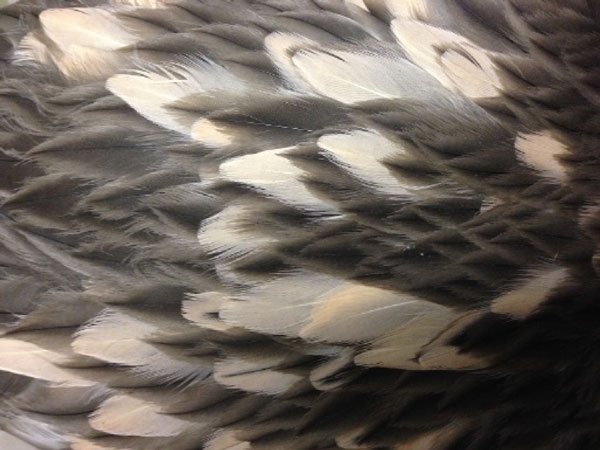
Above: Flamingo chicks don't start to developing their famous pink colouration until they are a few months old.
You can see from the pictures that flamingo chicks don’t display the species' famous pink colouring. When they first hatch, flamingos have white fluffy down, which quickly greys. They start to develop the first of their ‘pink’ feathers when they are a few months old, the pink colouration coming from pigments (carotenoids) found in algae, crustaceans and molluscs in an mature flamingos diet.
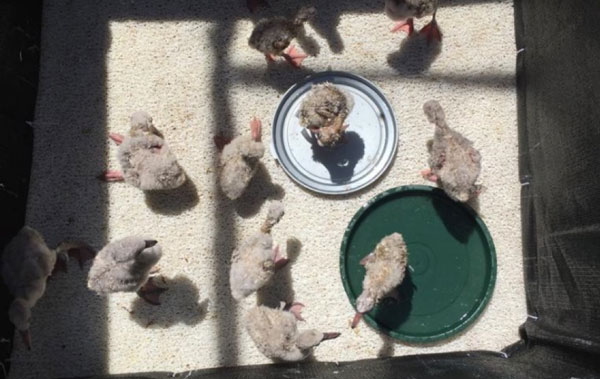
Above: It is essential that the chicks get regular exercise and learn how to eat independently.
In addition to providing the correct diet, it is also vital that the chicks are kept warm, get regular exercise, fresh air, sunlight and small pools to bathe in. Crucially, they are also provided with water bowls that also contain food that they can pick at and learn to eat on their own. Plans for releasing rescued chicks back into the wild are being developed, and this will take place at some stage after the chicks have fledged.
We were proud to be able to provide support and veterinary expertise to such an worthy cause. Although there is still a long road ahead for the rescued chicks and the teams involved, it is incredible to see a collaborative conservation effort like this come together so quickly to safeguard this wonderful species.
Find out more about the work of SANCCOB on their website:
Get involved - help support our work by becoming an RZSS member!
Join a growing community of nearly 30,000 individuals who are not only helping to support our conservation work but also enjoy a range of benefits such as unlimited entry to our two parks.
Featured Articles

An update from the Budongo Forest
19/04/2024 in Conservation

Edinburgh Zoo named best zoo in Scotland
15/04/2024 in Edinburgh Zoo

























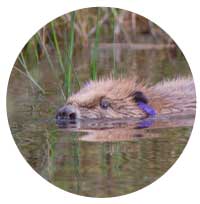
Follow EZ